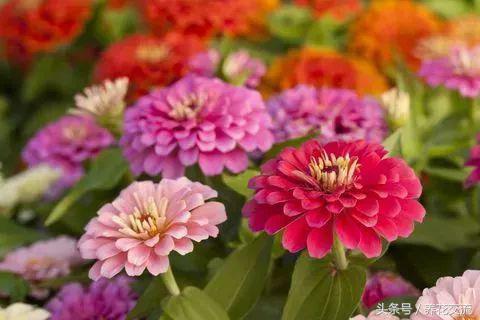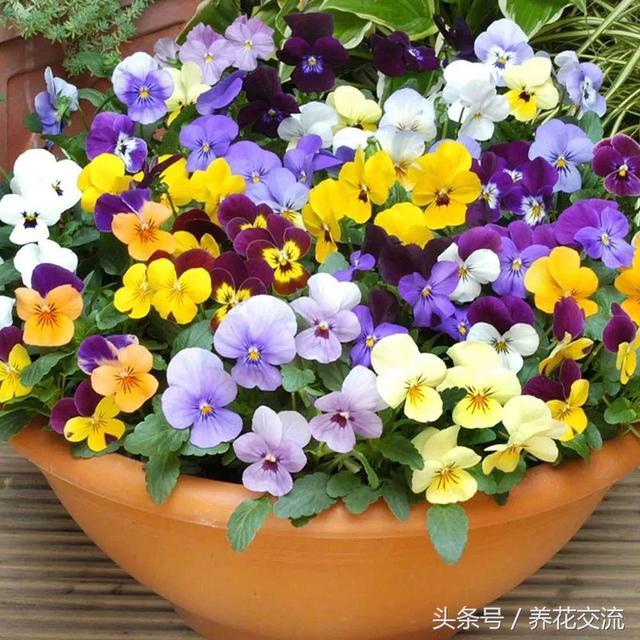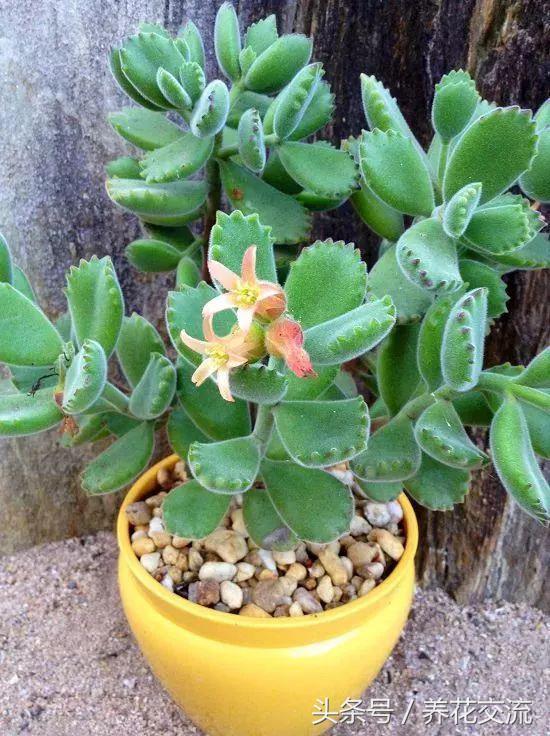Sow zinnia seeds, cultivate them, and harvest pods in the fall.

Zinnia has always been my favorite herbal flower, it is very easy to grow, there are many colors, planted in the yard can blossom all the year round, flowers can bear seeds after withering, can continue to sow and reproduce.
After the spring is warm, it can be replanted, it is easy to blossom, the flowers can give birth to seeds after withering, the seeds are easy to collect, and they can be replanted after the spring is warm next year.
Zinnia is a kind of flowering plant that is easy to maintain. It can blossom from warm spring to frost, and it blossoms most brightly in summer and autumn.
1. Sowing and reproduction
The sowing and reproduction of zinnia is very simple, its germination rate is still relatively high, it can be carried out after the spring is warm, the temperature is stable above 15 degrees, the seeds are buried in the soil about 1-2 centimeters, keep the soil moist, the temperature is about 18-20 degrees, generally 4-7 days can germinate, once the seedlings grow to about five centimeters, each plant is about 15cm, keep ventilated and transparent. In this way they can grow strong and avoid being infected with fungal diseases.
In a cooler climate, you can wait for the temperature to stabilize before sowing, that is, 4 or 6 weeks after the end of the frost.
You can first sow and raise seedlings indoors, wait for its seeds to germinate, and then put them outside to see the light slowly.
If you choose potted zinnia, you can wait for its plant to grow to 15 cm high and pinch the top properly to remove the buds from the top.
two。 Choose the right variety
There are many varieties and colors of zinnia, such as pink, orange, yellow, red and purple. They are perennial herbaceous flowers that can blossom year-round as long as they keep the environment warm and have enough light. They can also be planted with other flowers, such as dahlias, marigolds, asters and petunia.
If you are a novice, it is best to choose varieties that are tall and more resistant to diseases and insect pests. The tall hundred-day grass will grow more robust and powerful at the bottom, and the chance of being infected with diseases and insect pests through ventilation and light is even lower, while the dwarf varieties should be pinched regularly, which can well control the plant type and adapt to the pot environment.
When cultivating zinnia, multiple varieties can be planted together, which can effectively avoid being infected with powdery mildew.
3. Maintenance attention
In order to cultivate zinnia, we should choose sandy soil with loose air permeability and good drainage, avoid soil stagnant water, do not need excessive frequent watering during the growing period, except to keep the soil moist during sowing and seedling cultivation, and wait for the soil to dry before watering in other seasons.
Maintain the position of zinnia must be ventilated and transparent, if the environment is not ventilated, it is particularly vulnerable to powdery mildew.
If you find fallen or yellow leaves at the bottom, be sure to remove them in time, keep the plants ventilated and transparent, and clean up if there is a dense zinnia.
Zinnia is particularly easy to grow, almost everyone can feed them, it has a strong ability to adapt to the environment, if planted in the yard, it can adapt to any soil, especially easy to blossom, flowers are particularly exuberant, ornamental period is also very long.
4. Common problem handling
Zinnia is particularly easy to grow, but be careful not to water it at night. Water on the leaves at night is easy to catch powdery mildew, and the soil should not be too wet at night, let alone stagnant water, otherwise it will be particularly susceptible to fungal diseases.
If you want to avoid zinnia infected with fungal diseases, we must do a good job of prevention, plants must be ventilated and transparent, if the environment is not ventilated, it is easy to infect diseases.
5. Collect seeds
It is very easy to collect the seeds of zinnia. You can choose some flowers that bloom better for pollination and keep them after they have withered. Other flowers that do not intend to leave seeds should be cut off in time after they have withered.
You can leave some seeds in each color, and the method of collecting seeds is also very simple. You can cut off the inoculated flowers directly, open the petals, and take out the seeds directly. The seeds can be stored in an envelope and placed in a dry, shaded and cool environment.
- Prev

Eight kinds of flowers that bloom brilliantly in autumn. The whole yard is full of fresh scent.
Plant some plants in the yard that can blossom brilliantly in autumn. Your yard looks like spring. Romantic flowers will bloom all over the yard. They are also suitable for planting on the balcony. Herbaceous flowers that can be preserved by potted plants.
- Next

Nine kinds of popular potted succulent plants are the best choice on the windowsill.
There are really not many potted succulent plants suitable for growing indoors, because most of them need enough light to grow well. If you don't have too much sunlight or the light is bright, you can choose the following.
Related
- Wuhan Hospital Iron Tree Blooming Result Was Instantly Frightened by the Gardener Master
- Which variety of camellia is the most fragrant and best? Which one do you like best?
- What is the small blue coat, the breeding methods and matters needing attention of the succulent plant
- Dormancy time and maintenance management of succulent plants during dormancy
- Minas succulent how to raise, Minas succulent plant pictures
- What are the varieties of winter succulent plants
- How to raise succulent plants in twelve rolls? let's take a look at some experience of breeding twelve rolls.
- Attention should be paid to water control for succulent plants during dormant period (winter and summer)
- Watering experience of twelve rolls of succulent plants
- Techniques for fertilizing succulent plants. An article will let you know how to fertilize succulent plants.

